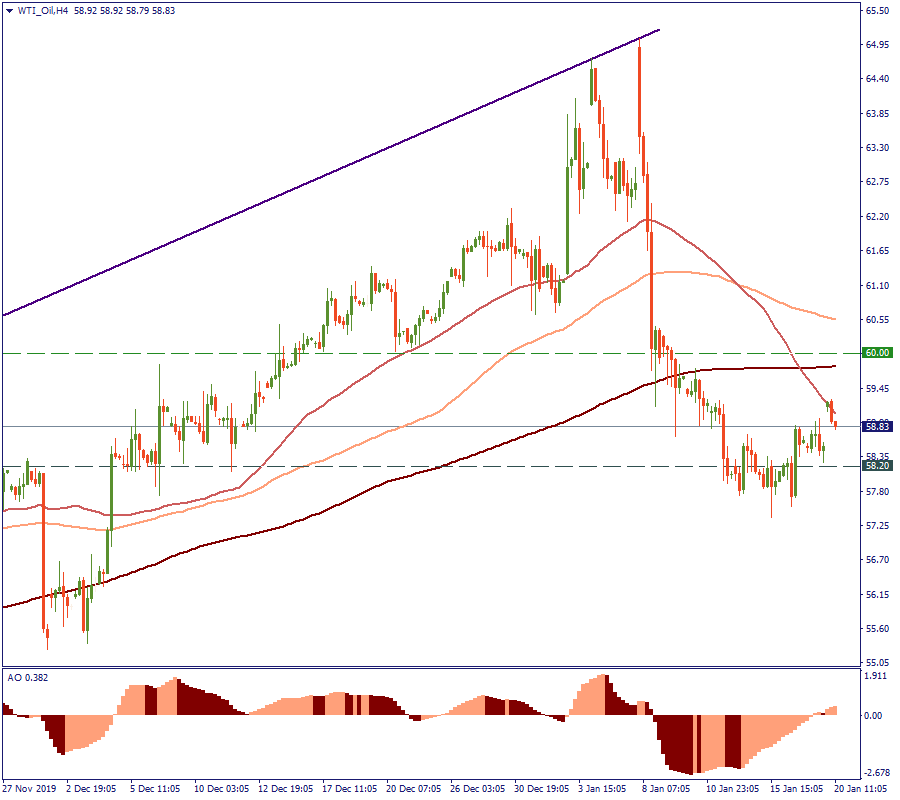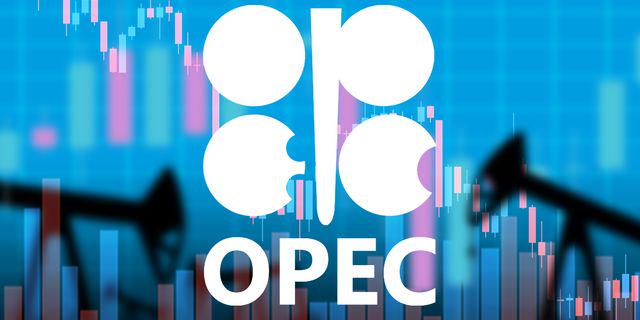
The Us Bureau of Labor Statistics will release monthly average hourly earnings, non-farm employment change (NFP), and unemployment rate on June 3, 15:30 MT time (GMT+3).
For a seamless experience, click “Redirect me.”

Don’t waste your time – keep track of how NFP affects the US dollar!
Data Collection Notice
We maintain a record of your data to run this website. By clicking the button, you agree to our Privacy Policy.

Beginner Forex Book
Your ultimate guide through the world of trading.
Check Your Inbox!
In our email, you will find the Forex 101 book. Just tap the button to get it!
Risk warning: ᏟᖴᎠs are complex instruments and come with a high risk of losing money rapidly due to leverage.
71.43% of retail investor accounts lose money when trading ᏟᖴᎠs with this provider.
You should consider whether you understand how ᏟᖴᎠs work and whether you can afford to take the high risk of losing your money.
Information is not investment advice
Reports say, the Libyan general Khalifa Haftar’s army blocked the country ports and froze the major oil production facilities. As a result, the total Libyan oil exports dropped by more than 50%.
The global oil output is estimated at 80 million barrels per day. Libya, an OPEC member, has approximately 1 million, which is less than 1%.
Since the takedown of the Libyan infamous leader Muammar Al Qaddafi, the country has been in continuous turmoil. The world powers, especially those of regional influence, are involved in the conflict through direct and indirect assistance to the warring sides. Until now, the EU and Turkey have been mostly behind Prime Minister Fayez Al Sarraj sitting in the country capital of Tripoli, and Russia supporting Khalifa Halftar.
Recently, the peace talks in Berlin have taken place. Although the two Libyan leaders refused to talk directly to each other, the foreign country leaders expressed modest satisfaction with the results of the peace talks.
For you, there is an upsurge of the oil price, which you can use if you are trade this commodity. After the US-Iran conflict lost its momentum, there was nothing to boost the price. However, the Libyan problem raised the risks of oil undersupply and pushed it back up. 
Now, WTI is traded at $59, right below the resistance of the 200-period MA and testing the 50-period MA. In the mid-term, the fact that the Libyan leaders failed to reach a peace concept themselves and only foreign powers forced them to cease fire, means that this agreement is likely to be as temporary as futile. Hence, the Libyan factor will continue being an underlying potential for the oil price growth. Therefore, you may keep it in your trade radar using information inputs to benefit from the oil price performance.
Watch the news and how the conflict goes. As you can see, plus-minus 1% in the global oil output destabilizes the price. Use it accordingly to set your trade positions.
For example, as the conflict in Libya has received a dose of pacification from the foreign powers, we may conclude that the oil price will stay around its current level to look for the status confirmation in the short-term. But later, if the Libyan exports unfreeze and restore the normal levels of supply, the price is likely to get back down to the previous levels of $58.20 per barrel. Hence, it makes sense to buy now and look for selling at the mentioned level. If there is relative silence from Libya in the coming days, it means that the temporary ceasefire did have its effect, and the oil price will react to it accordingly. Otherwise, be ready to quickly close the position if the conflict escalates further after the Libyan leaders get back to their positions at home and re-group. In that scenario, $60 per barrel for the WTI oil will be a likely threshold to aim at.

The Us Bureau of Labor Statistics will release monthly average hourly earnings, non-farm employment change (NFP), and unemployment rate on June 3, 15:30 MT time (GMT+3).

The Organization of Petroleum Exporting Countries will hold a meeting on June 2.

Organization of the Petroleum Exporting Countries (OPEC) is scheduled to meet on January 4.

The most impactful releases of this week will fill the market with volatility and sharp movements.

Happy Tuesday, dear traders! Here’s what we follow:

Labor Market and Real Estate Market data was published yesterday. Markets are slowing down, so the economy is in recession. Today the traders should pay attention to the Retail sales in Canada.
Your request is accepted.
We will call you at the time interval that you chose
Next callback request for this phone number will be available in 00:30:00
If you have an urgent issue please contact us via
Live chat
Internal error. Please try again later